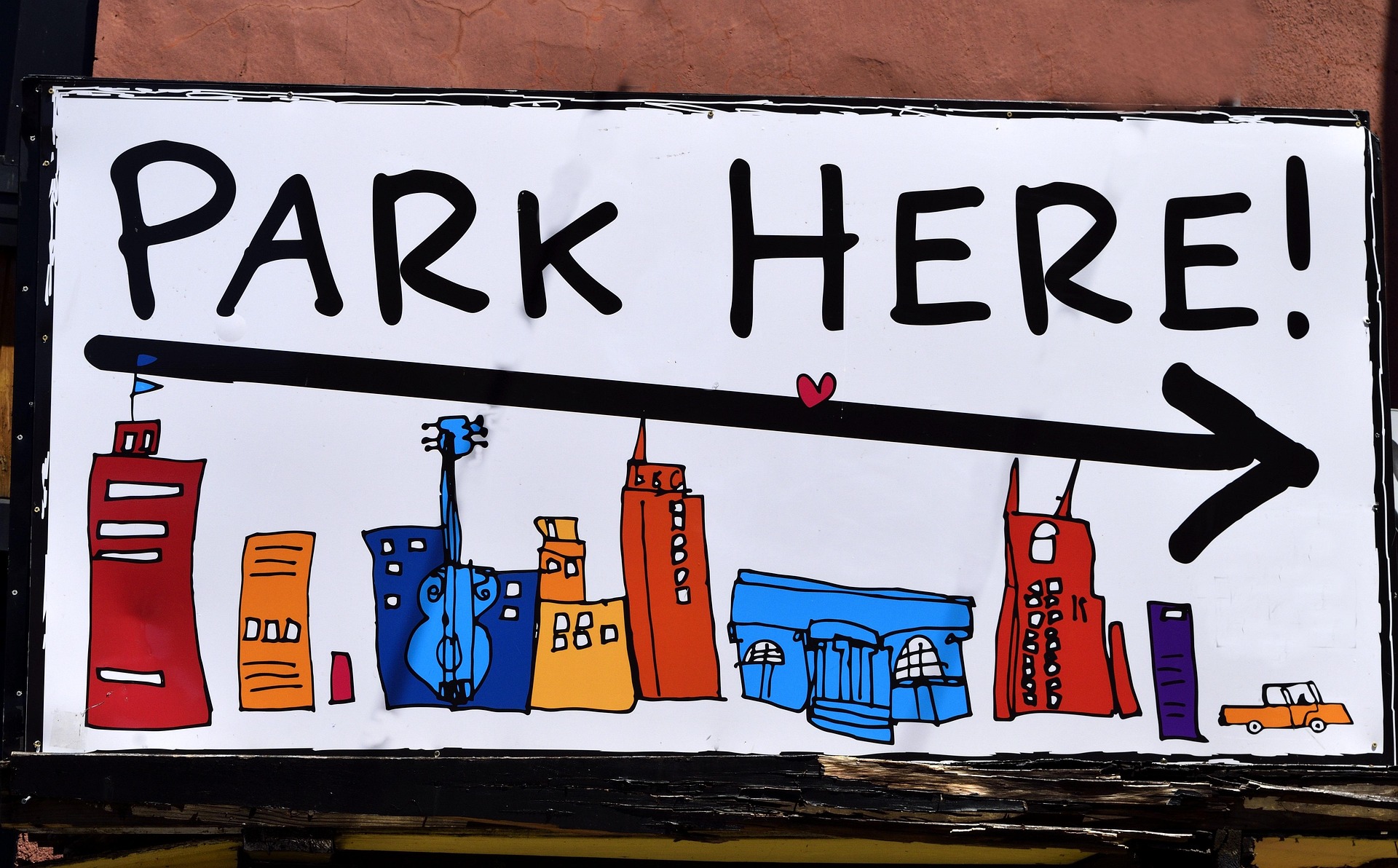The growing demand for parking has brought complex challenges to the cities, such as traffic congestion, environmental damage, economic inefficiencies, and social inequalities.
Blog post
The blogpost is written by

The recent passing of Donald Shoup, an influential researcher in urban planning, started bringing some thoughts related to his famous work, The High Cost of Free Parking. His book reveals the hidden costs and consequences of “free” parking, a concept embedded in the minds of the public, ever since automobiles started to dominate our daily lives. As we stand on the emergence of a new era defined by automated vehicles, we may wonder how this technological revolution might reshape the parking landscape in urban areas. Shoup's main argument is that free parking is an illusion, and the costs are hidden in the prices of goods and services, rents for businesses, and increased housing costs.
Automation, Parking, and the Norwegian Context
With the rise of automated vehicles (AVs), free parking takes on a new dimension and brings in a couple of paradoxes. On one hand, AVs could optimize parking space utilization and reduce the need for needless parking lots. On the other hand, they could contribute to increased congestion by endlessly circling for free parking.
Norway has pioneered EV adoption in the past decade, reaching nearly 90% of new electric car sales in 2024. This fact provides an interesting context for exploring the potential impact of AVs on parking. While paying for parking is common in Norwegian cities during weekdays, regulations vary, and some municipalities offer free parking after certain hours and on weekends. Enforcement of time limits can involve manual checks, cameras, or digital systems.
This raises questions about how AVs might adapt to such parking regulations. Could AVs be programmed to comply with time limits, moving to different parking locations when necessary? For sure, they could. Would this lead to more efficient parking utilization and reduced congestion? It depends on the willingness of the elected officials. Or would it shift the burden of parking management from human drivers to automated systems without a tangible benefit to urban space and equity? This remains to be seen.
Conclusion
Shoup's work reiterates that simple policy decisions can deeply affect our cities and society. Facing an automated future, it's crucial to approach such advancements critically, considering their impact on urban planning and equity. Can we exploit the potential of AVs to create more sustainable and livable urban environments for all? As EVs have shaped the taxing policy in Norway, automated driving will undoubtedly impact it as well. Authorities, among other things, should consider how to mitigate the potential consequences of “zombie cars” and how to design parking policies that incentivize efficient AV parking. With its increasing reliance on digital systems and the diffusion of EVs, the Norwegian context provides a valuable case study for exploring the related challenges and opportunities of integrating AVs into existing urban environments.
